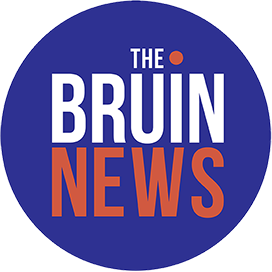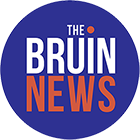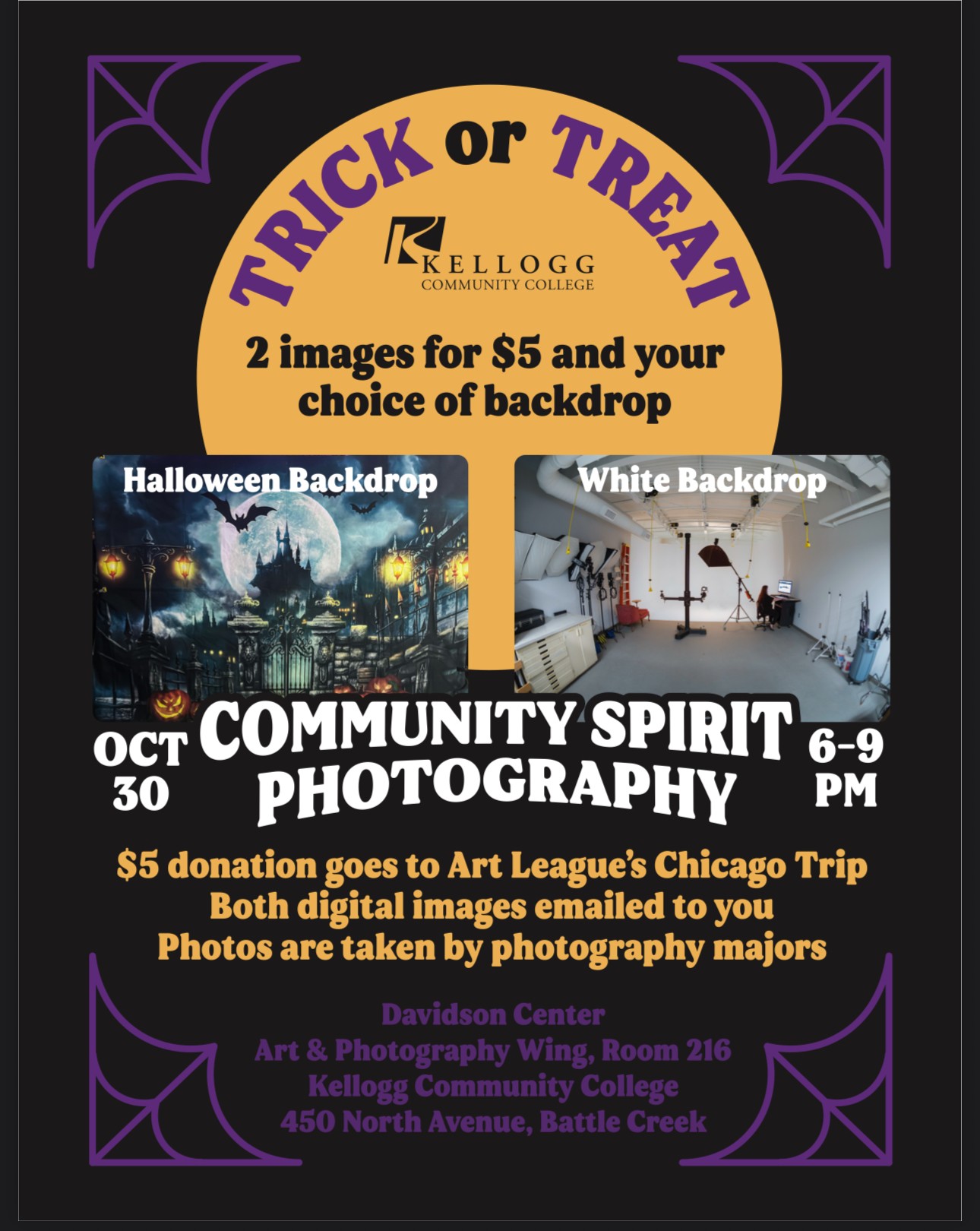Scrolling through social media is second nature for most college students. But what if, instead of just liking memes and reposting TikToks, social media became the key to launching a career? In today’s digital world, platforms like LinkedIn, Instagram, and even Twitter (now X) can function as secondary professional portfolios and networking spaces. Creating a website dedicated to your skills can house professional work for free and link other projects, putting your best foot forward all in one place. Beware of what you post; you could become cancelled before you even start. Passion, productivity, perseverance, and perfection on these sites will create a voice unique to you, yet many students overlook their potential, seeing them only as entertainment rather than opportunity.
The reality is that employers, clients, and collaborators often check online profiles before making hiring decisions. A well-maintained social media presence can set you apart by showcasing skills, creativity, and personality in ways that a traditional résumé cannot. Instead of letting your accounts be an afterthought, they can become a strategic tool to build connections, land opportunities, and establish a personal brand and voice.
Why Does Social Media Matter for Career Growth?
The job market is changing, and networking is more important than ever. While résumés and cover letters are still valuable, many professionals and recruiters research candidates online prior to the employment process. A strong social media presence can:
- Highlight your skills through real-world projects, posts, and interactions.
- Act as a digital portfolio that employers or clients can browse anytime.
- Expand networking opportunities by connecting with industry professionals.
If used intentionally, social media can open doors before you even graduate. The key is to choose the right platform and use it strategically.
Choosing the Right Platforms
Not all social media platforms serve the same purpose. Some are better suited for job searching, while other platforms work as creative portfolios or professional communities for networking. A few of the largest platforms can help you network and showcase your work.
LinkedIn: The Digital Résumé
LinkedIn is a must-have in the professional world for networking. It’s designed for career growth, making it the best platform for connecting with industry leaders, recruiters, and potential employers. A strong LinkedIn profile should include:
- A professional headline that clearly states your role or career interests.
- A summary that highlights skills, experience, and career goals.
- Posts that showcase insights, projects, and professional achievements (honors & awards, publications, featured content).
Engaging with posts, joining industry groups, and sharing relevant content can help attract the right opportunities without applying. True job opportunities and professional profiles for reference are within grasp: realist role models and attainable goals. A prepared applicant catches a career here.
Instagram: A Visual Portfolio
For more creative individuals (i.e., photographers, graphic designers, writers, musicians, and business owners), Instagram can act as a portfolio. Instead of just posting personal photos, consider:
- Showcasing projects, designs, or performances.
- Using Instagram Highlights to organize past work (e.g., “Film Photography”, “Screenwriting Samples”, “Brandwork and Collabs”).
- Engaging with professionals and brands in your industry.
A well-curated Instagram feed can demonstrate talent in a way that a traditional résumé cannot: a unique individual with a soul.
Twitter (X): Thoughts of Leadership in 280 Characters
Twitter (now X) is valuable for networking, especially in journalism, tech, and business. This is a great resource to consistently post links to works or show know-how.
- Share industry insights, opinions, or expertise.
- Engage with professionals by responding to their posts and joint discussions.
- Create valuable content threads that showcase knowledge and thoughts of leadership.
Even a few well-timed and thought provoking tweets can attract attention from key players in your field; get noticed!
TikTok and YouTube: Personal Branding and Education
Short-term and long-term video content is rapidly becoming one of the most powerful ways to grow an audience. These stretches of niche playlists create a loyal, long-lasting audience that generates consistent income and viral content growth. Recording educational or lifestyle content introduces or reinforces ideas, connecting with others across the world. If used correctly, platforms like TikTok and YouTube can help students:
- Educate and inform others about their field, experiences, and manage expectations.
- Document career progress, projects, and behind-the-scenes work.
- Gain exposure by sharing industry insights in a relatable way.
Some companies may invite you to teach on their platforms like Crash Course or SkillShare. Many professionals have landed jobs or built businesses simply by posting educational or engaging content.
How to Make Social Media Work for You
Optimize what your bio and content says about you and your future! First impressions matter. Every social media bio should clearly state who you are, what you do, and how people can connect with you. Instead of a vague or empty bio, make sure it includes:
- A clear description of your skills or interests.
- A link to your portfolio, website, or professional email.
- Keywords that reflect your industry or expertise.
A well-crafted bio immediately tells visitors what you bring to the table and how you will improve their company.
Engage, Don’t Just Post
Many people make the mistake of posting content but not interacting with others. Social media is meant to be social; networking happens in the comments, conversations happen with these connections. To build connections:
- Reply to posts from professionals, brands, or industry leaders.
- Join discussions or boards to offer valuable insights (don’t discount Q&A boards, these may have company recruiters).
- Support others by liking, sharing, or commenting on their works and they may reciprocate!
The more engaged you are, the more likely you’ll get noticed. Be sure that the content you are putting out is the type of content you want to see come your way. Know your brand; be the brand.
Keep It Authentic!
Trying to sound overly professional or polished can sometimes backfire. Authenticity builds trust. Sharing real experiences, struggles, and lessons learned makes it easier to connect with others. Careful with what you share and how it’s improving the future between you and your next employer. Instead of posting achievements, consider sharing:
- Behind-the-scenes content of your daily work.
- Lessons from failures or setbacks (caution: slippery slope into unprofessional with this one).
- Your creative process or work-in-progress updates.
Authenticity makes networking feel more natural and genuine.
Clean Up Old Posts
Employers and potential clients do look through social media history. It’s smart to go back and remove or archive posts that might not reflect a professional image. Background checks can pull up profiles and posts that may be long forgotten by you.
Use Strategic Hashtags and Keywords
Hashtags aren’t just for trends – they help professionals find your content. Using relevant hashtags in posts can increase visibility and attract the right audience: your audience. For example, if you’re in marketing, hashtags like #DigitalMarketing or #ContentStrategy can help connect with industry professionals. Some corporate executives or PR managers are looking for individuals that may want to connect. Make sure it’s you!
Social media isn’t just for entertainment; it’s a powerful career tool when used intentionally by transforming platforms into digital portfolios, engaging with industry professionals, and presenting an authentic but polished image. Students can turn casual scrolling into real career opportunities. These doom scrolls can often lead you to individuals who have special talents in their field. The sooner students embrace this shift, the more doors they can open even before graduation!























